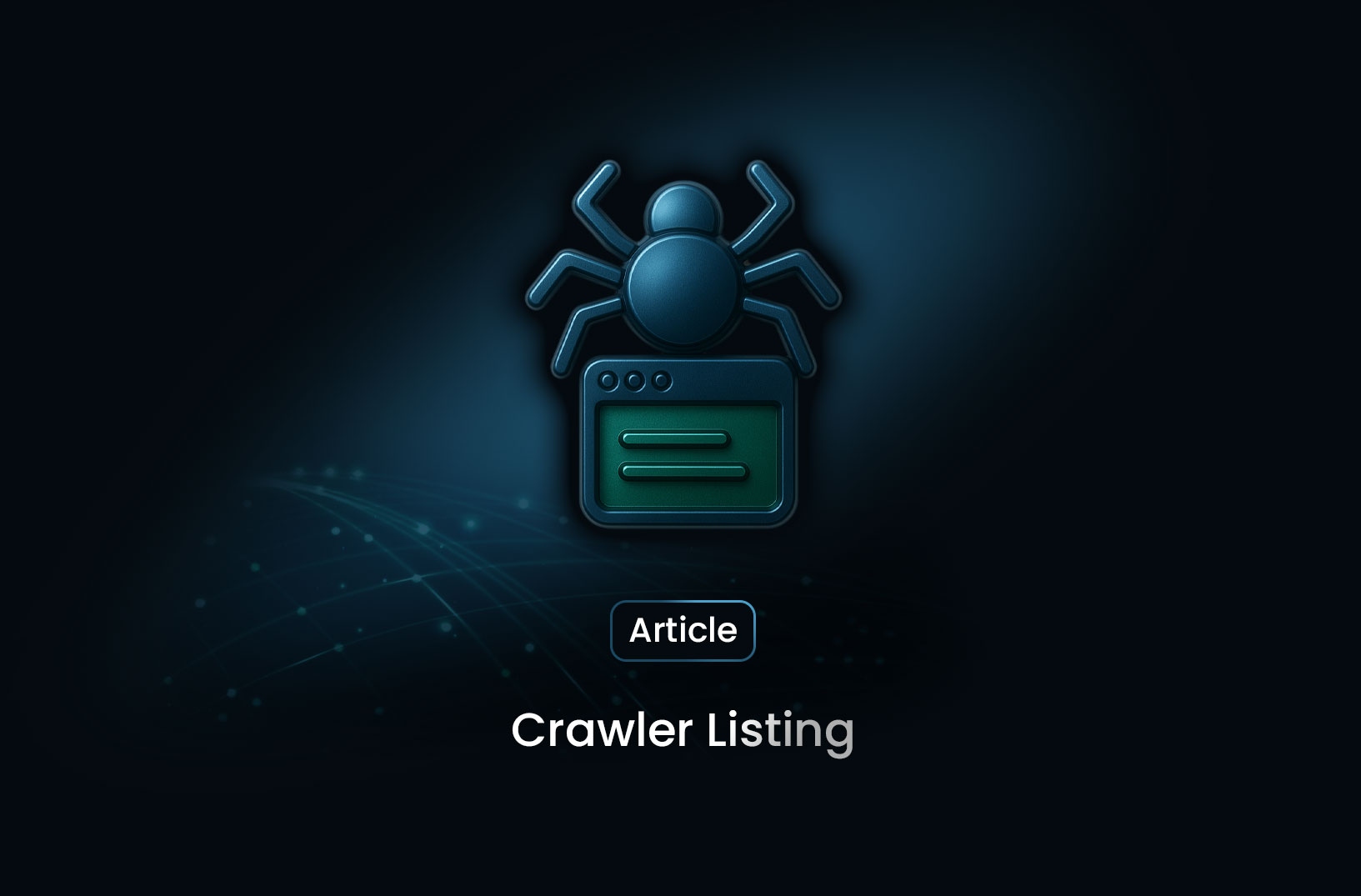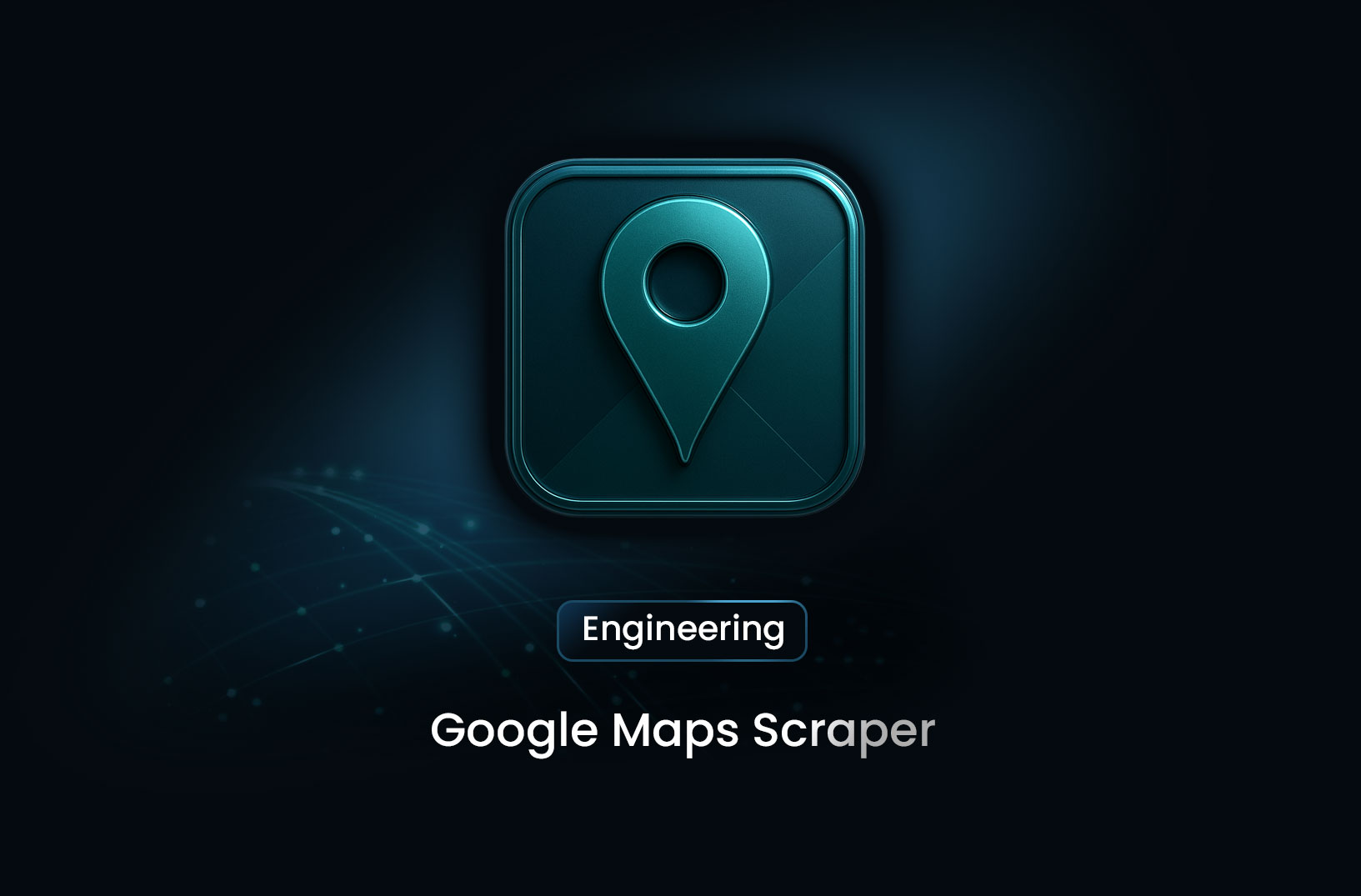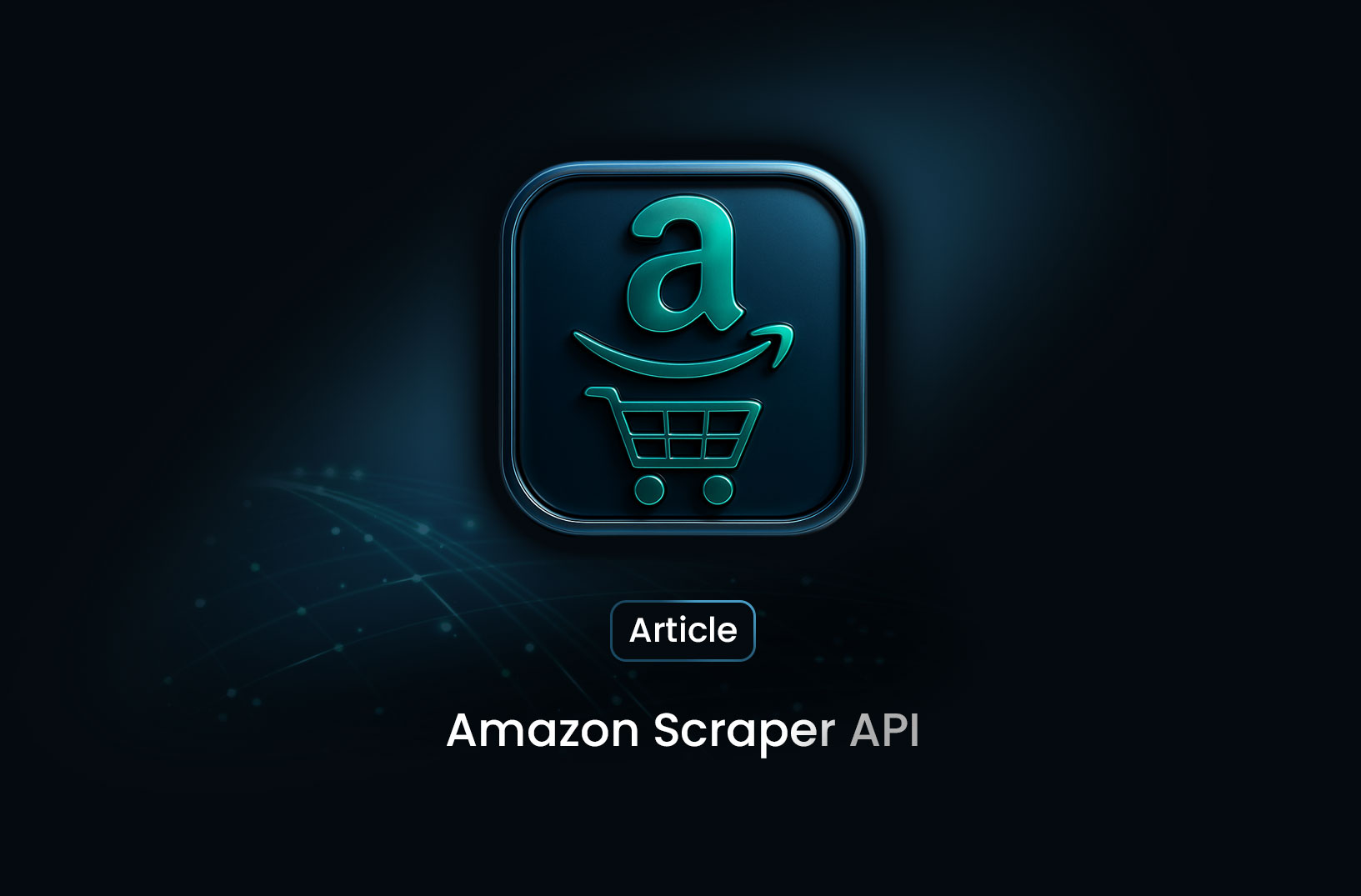
Crawler Listings: How They Work and Why Your Website Needs One
ArticleA crawler listing is a record of all bots visiting your website. It’s crucial for SEO visibility, web scraping management, security monitoring, and ensuring your site runs efficiently
A crawler listing refers to the catalog or registry of web crawlers that access a website, typically recorded through server logs, bot directories, or a site’s robots.txt configurations. For businesses that rely on web scraping, SEO analysis, or competitive monitoring, understanding crawler listings is essential for managing traffic, security, and data quality.
This article explains how crawler listings work, why they matter, and how organizations can use them to optimize website performance and scraping workflows.
What Is a Crawler Listing?
A crawler listing is a list or index of bots, automated agents, or spiders that visit a website. These crawlers can include:
- Search engine crawlers (Googlebot, Bingbot, YandexBot)
- SEO tools (AhrefsBot, SemrushBot)
- Web scrapers
- Data aggregators
- Monitoring bots
- Malicious or unidentified crawlers
Crawler listings often appear in:
- Web server logs
- Analytics dashboards
- Bot management tools
- robots.txt directives
- CDN security reports
A detailed crawler listing helps website owners understand who is accessing their content and why.
Why Crawler Listings Are Important
1. Security & Bot Management
Not all crawlers are friendly. Some may attempt data theft, spam, or resource abuse. Crawler listings help you identify:
- Suspicious traffic patterns
- Unknown or fake bots
- Scrapers breaching rate limits
- Malicious automation attempts
By monitoring crawler listings, you can block, throttle, or challenge harmful crawlers.
2. Improved Website Performance
Bots consume bandwidth and server resources. A crawler listing helps you:
- Detect overload caused by aggressive scrapers
- Balance bot traffic vs. human traffic
- Adjust crawl budgets for legitimate crawlers
This is critical for large websites or eCommerce platforms.
3. Web Scraping Strategy Optimization
For companies that use web scraping, crawler listings matter because:
- They help ensure your scrapers operate ethically
- They verify whether scraping requests are reaching target sites
- They improve IP rotation & avoid blocks
- They help optimize request frequency
Monitoring crawler behavior—both incoming and outgoing—keeps scraping workflows stable and compliant.
4. Better SEO Outcomes
Search engines rely heavily on crawlers. A crawler listing reveals:
- Whether Google is crawling your pages correctly
- If duplicate pages are being over-crawled
- Whether important pages are not being crawled at all
- If SEO tools are indexing your content properly
This helps refine technical SEO and indexing strategies.
How Crawler Listings Work
1. Server-Side Detection
Servers track crawler activity through:
- User-agent strings
- IP addresses
- Request frequency
- Request patterns
These logs form the base of a crawler listing.
2. robots.txt Configuration
A crawler listing often informs robots.txt by helping site owners decide:
- Which bots to allow
- Which bots to block
- Crawl-delay parameters
- Sitemap access instructions
3. Analytics & Monitoring Tools
Tools like Cloudflare, AWS WAF, or bot analytics platforms categorize crawlers into:
- Verified search bots
- SEO tools
- Scrapers
- Unidentified traffic
- Threat actors
These dashboards become real-time crawler listings.
Modern Use Cases for Crawler Listings
Web Scraping Companies
Scraping teams use crawler listings to:
- Test scraper visibility
- Ensure ethical behavior
- Improve rotating proxies
- Reduce blocking events
SEO Specialists
SEO teams rely on crawler listings for:
- Crawl budget optimization
- Indexation monitoring
- Site health debugging
Cybersecurity Teams
Security teams use crawler listings to detect:
- Attack bots
- Credential stuffing
- Scraping spikes
- DDoS traffic
Large Enterprises
Enterprises use crawler listings to manage traffic across:
- eCommerce platforms
- SaaS dashboards
- News/media websites
- Financial data portals
Final Thoughts
A crawler listing is more than just a list of bots—it’s a powerful source of operational insights. From web scraping efficiency to SEO optimization and security hardening, managing crawler traffic allows businesses to maintain performance, protect content, and make better data-driven decisions.
If you regularly work with bots, scrapers, or SEO platforms, maintaining a clean and accurate crawler listing is essential for long-term success.
Find more insights here

Google Maps Scraper: The Complete 2025 Guide for Location Data, Leads, and Business Intelligence
A complete 2025 guide to Google Maps scraping. Learn what data you can extract, use cases, challenge...

Firecrawl Explained: What It Is, How It Works, and Why Developers Use It
A complete 2025 guide to Firecrawl. Learn what Firecrawl is, how it works, key features, use cases,...

Amazon Scraper API: The Complete 2025 Guide for Developers, Sellers, and Data Teams
A complete 2025 guide to Amazon Scraper APIs. Learn how they work, what data you can extract, top pr...
